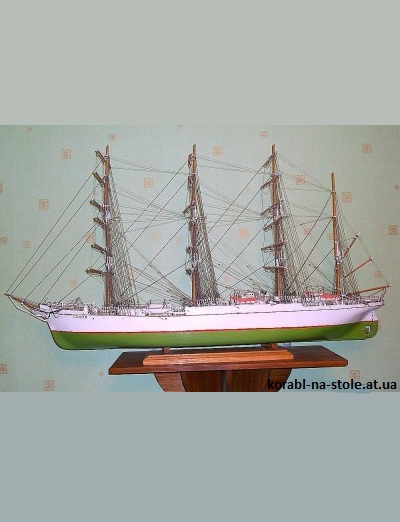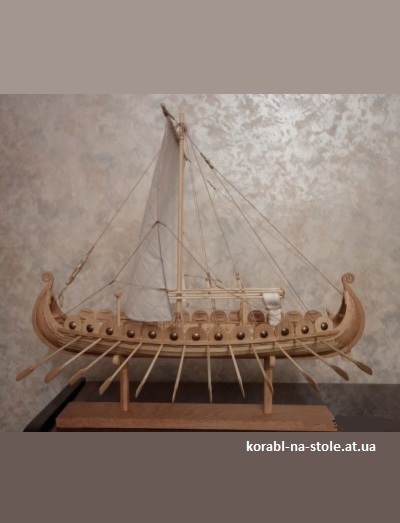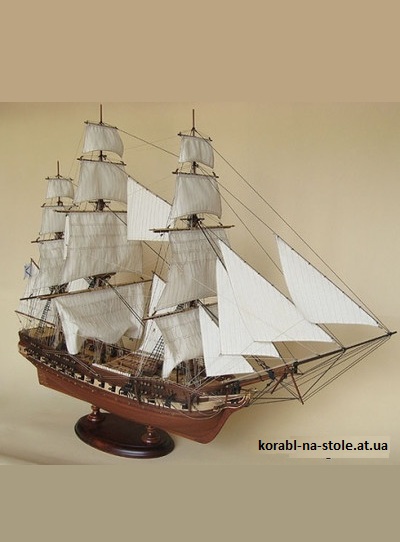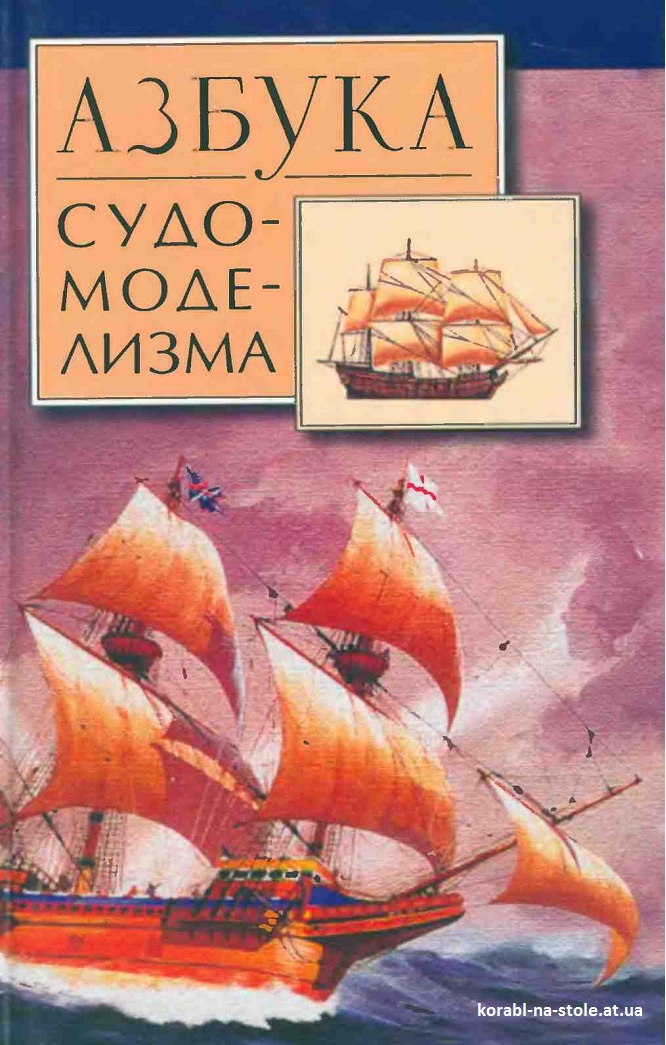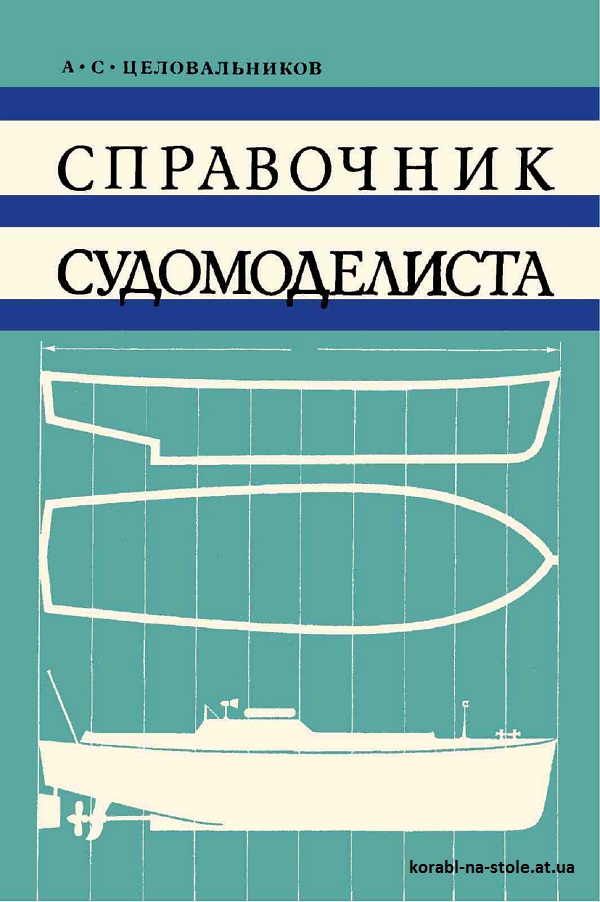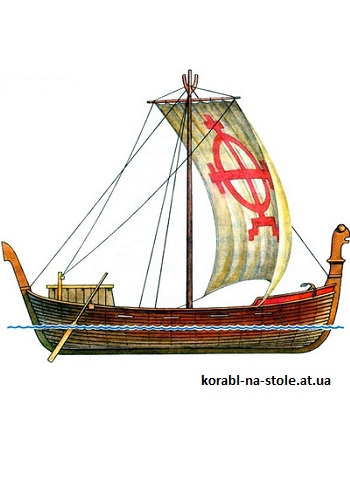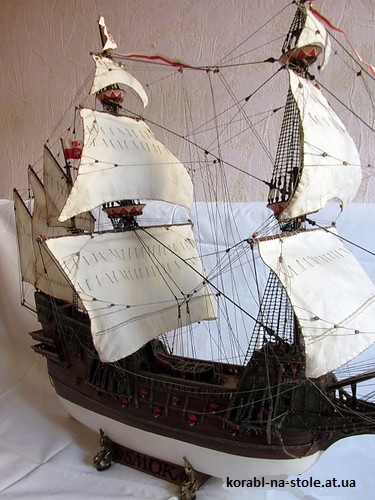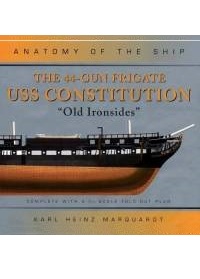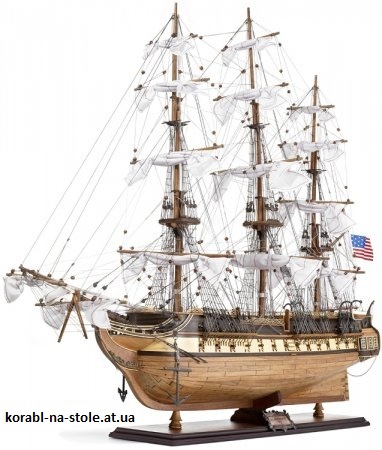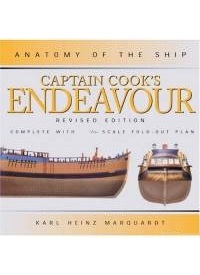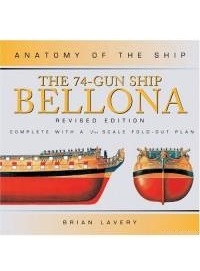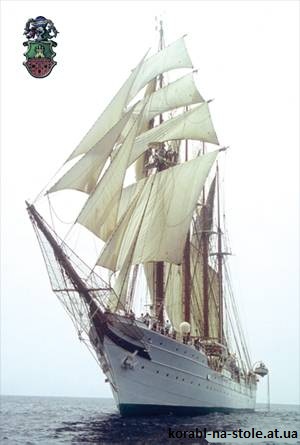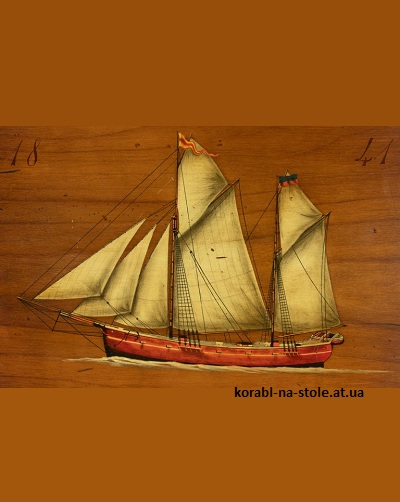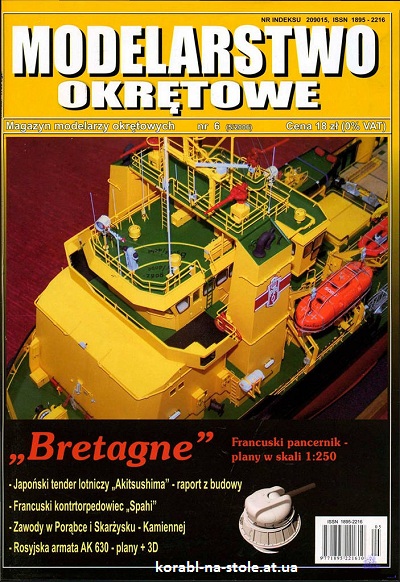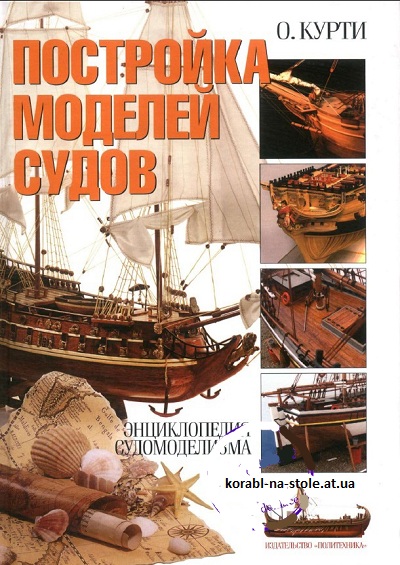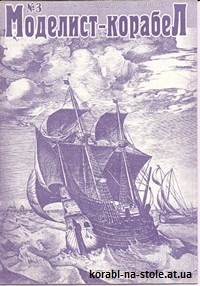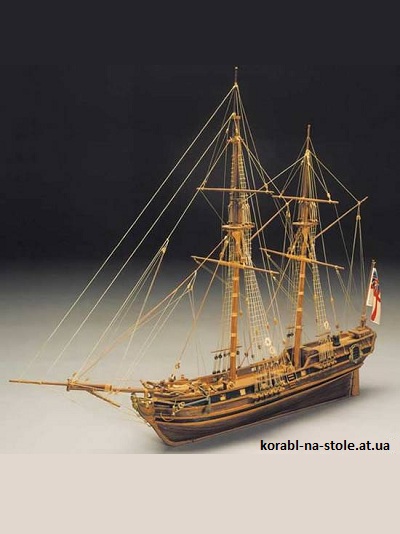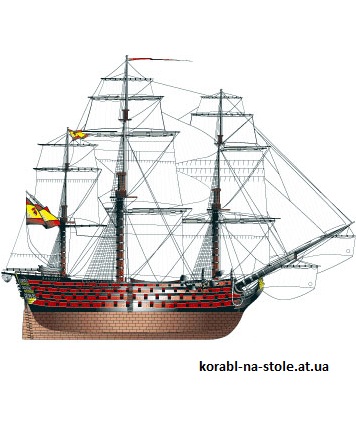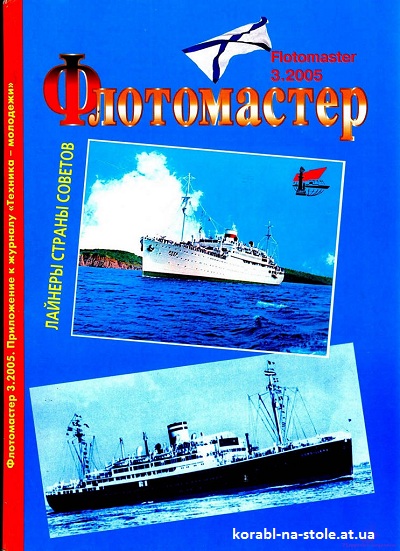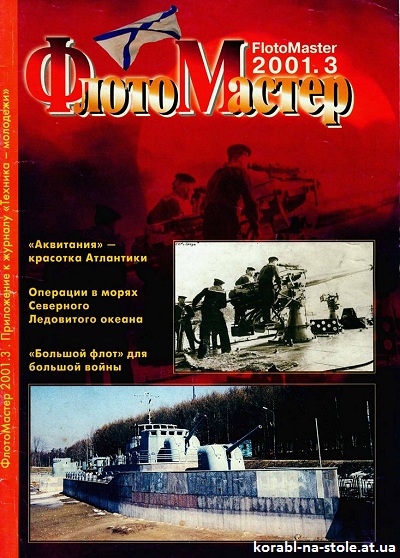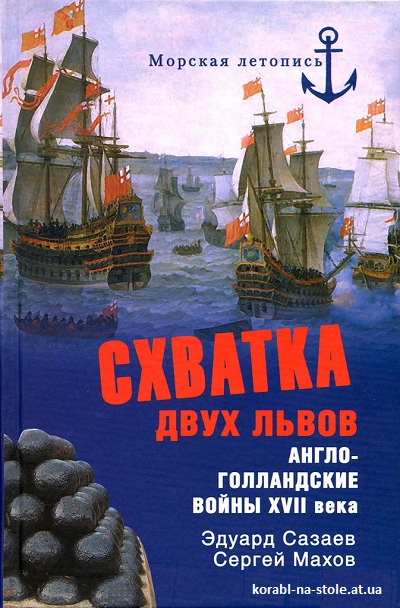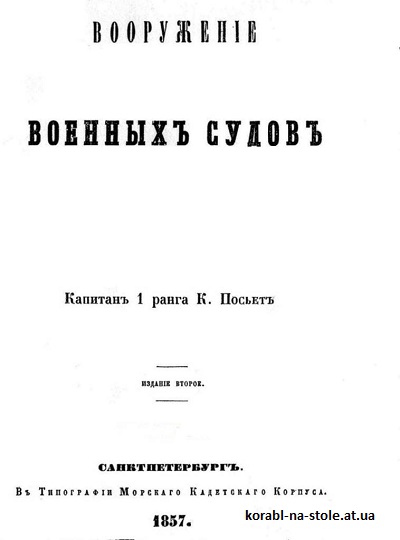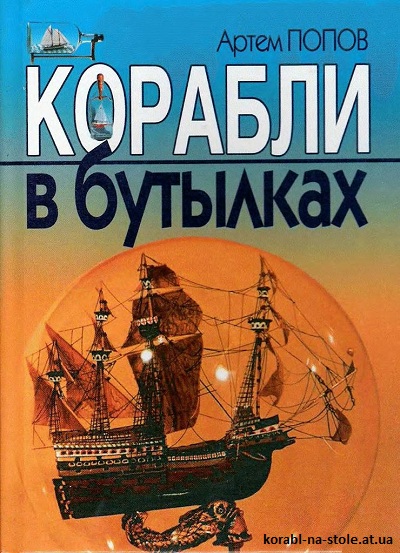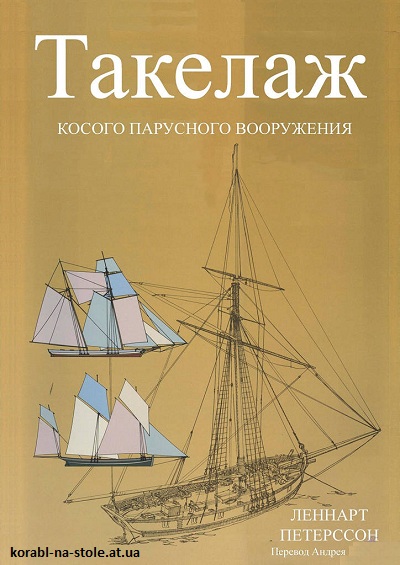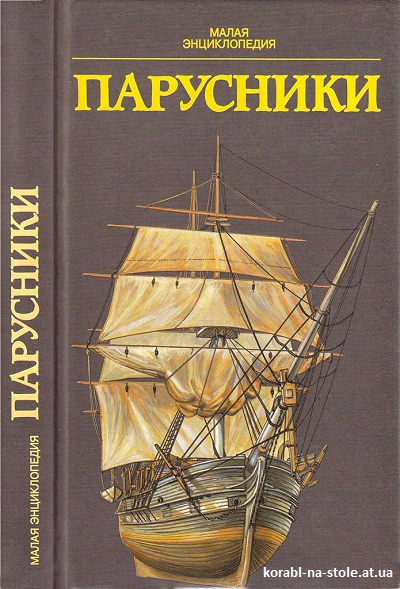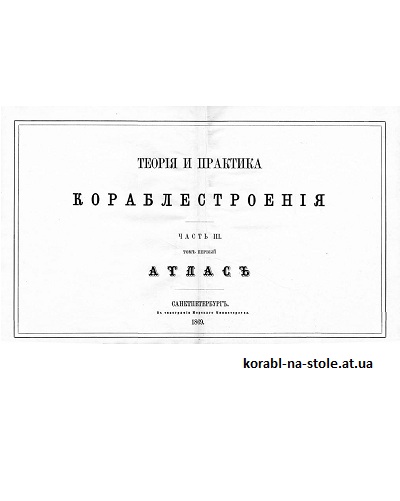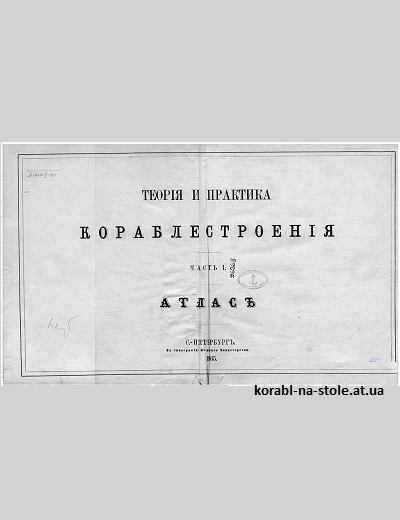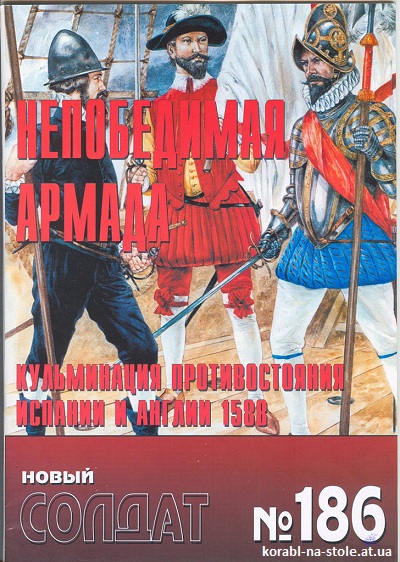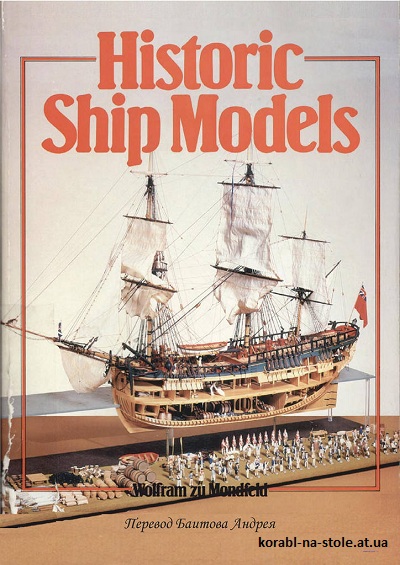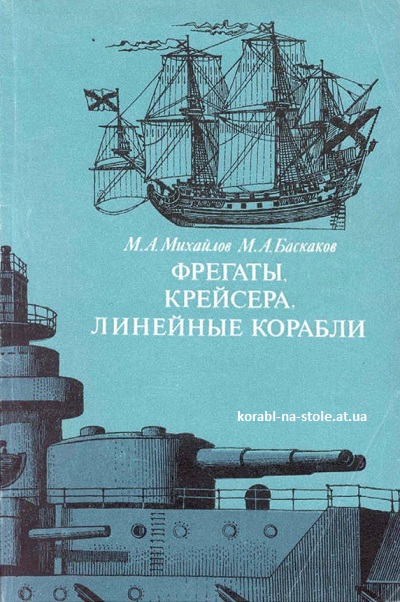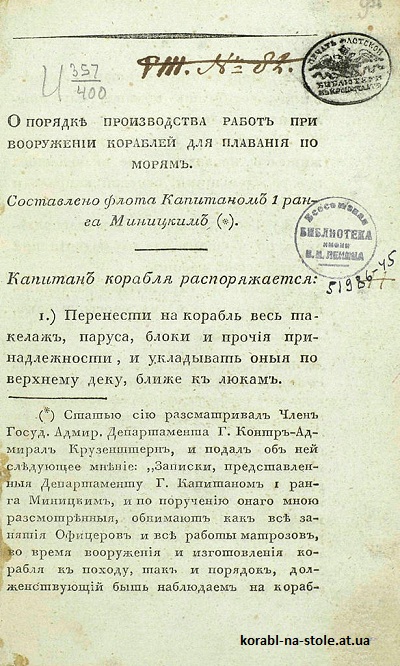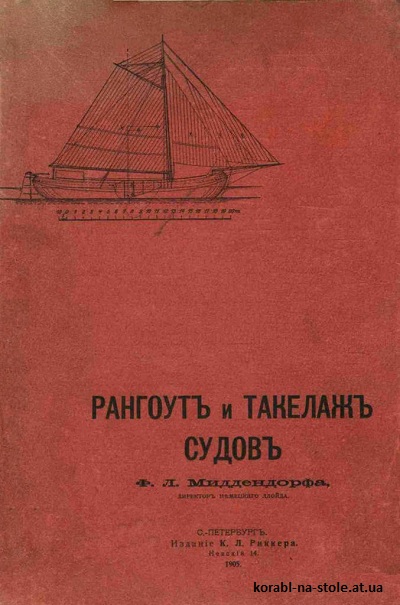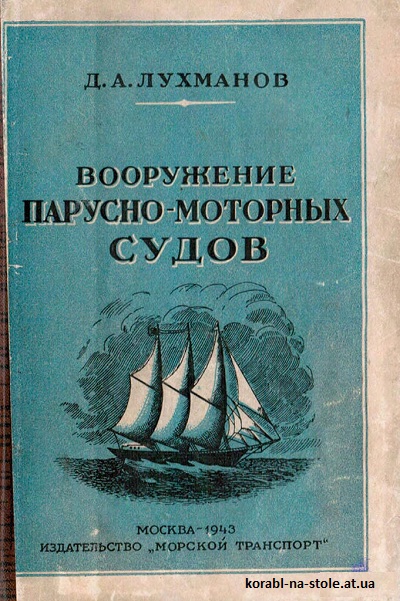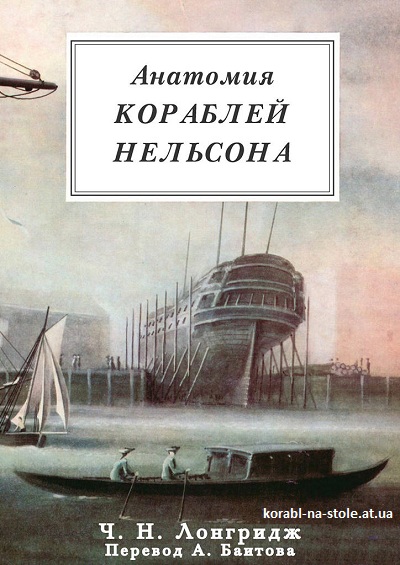Elcano
05
авг
Скачать
- Название:Elcano
- Размер:7,7 Мб.
- Формат:tif
- Категория:После 1900 года
- Автор:нет
Скачать
Описание материала Elcano
The Spanish Navy training ship, Juan Sebastián Elcano, was launched in Cádiz on 5th March 1927, and just under a year later, on 29th February 1928, was formally delivered to the Navy by its builders, Echevarrieta y Larrinaga in Cádiz. Its first voyage was sea testing between April and July that year from Cádiz to Málaga, with King Alfonso XIII on board as a passenger, and then on to Sevilla, Las Palmas, Tenerife, San Sebastián, and back to Cádiz again. It set sail on its first instruction voyage on 1st August 1928, a 10-month trip around the world.
Since then, it has docked in more than 180 foreign ports in 68 countries, covering a distance of more than one and a half million nautical miles during that time.
In the year of its eightieth birthday, this four-masted topsail schooner is on its 79th instruction cruise, setting off from the port where it was first launched on 12th January, and docking back in Marín, Galicia, exactly six months later, on 12th July. Last year’s cruise is in the Pacific and the Elcano sailed through the Panama Canal on 27th February.
On board are 43 cadets receiving training as midshipmen. Both King Juan Carlos and the Prince of Asturias are amongst those who have been trained on board the schooner.
In the year of its eightieth birthday, this four-masted topsail schooner is on its 79th instruction cruise, setting off from the port where it was first launched on 12th January, and docking back in Marín, Galicia, exactly six months later, on 12th July. Last year’s cruise is in the Pacific and the Elcano sailed through the Panama Canal on 27th February.
On board are 43 cadets receiving training as midshipmen. Both King Juan Carlos and the Prince of Asturias are amongst those who have been trained on board the schooner.
The Elcano is one of the oldest and largest sailing ships to navigate the waters of the world and serves an additional purpose, as a ‘floating Ambassador,’ which, as the Navy says, also allows many Spaniards who live abroad to step onto this small piece of Spain.
It is named for the seafarer Juan Sebastián Elcano, a navigator who set sail in 1519 on a five-ship expedition for Carlos I to find a new route to the Spice Islands. The expedition was commanded by the famous navigator, Ferdinand Magellan. The commander was killed in the Philippines in 1521, and Elcano became the first man to circumnavigate the globe when he arrived back in Spain the following year in command of the only ship to have survived the expedition, the Victoria.
The Navy says the training ship constructed four centuries later was given his name at the request of the constructing engineer, Horacio Echevarrieta, and the petition was passed on to the King by General Miguel Primo de Rivera, the Prime Minister of the time. It was Primo de Rivera’s daughter, Carmen, who performed the launching ceremony in 1927.
The ship which bears the navigator’s name has made 10 trips around the world during its 80-year history, and has had two major refits during that time, in 1956 and 1978. Her four masts are named for the four training ships which preceded her - Blanca, Almansa, Asturias and Nautilus – and she carries the Elcano coat of arms, awarded to the navigator by Carlos I when he returned to Spain, a globe with the motto ‘PRIMUS CIRCUMDEDISTI ME,’ ‘the first to circumnavigate me’.
This 113 metre ship – one of the longest tall ships in the world - is fitted with 20 sails covering an area of 3,151 square metres, and has crossed the Atlantic under sail on three occasions, and has sailed through the Magellan Strait twelve times. Her maximum speed ever reached was 17 knots.
The Juan Sebastián Elcano is a member of the Sail Training Association, which every year, awards the Boston Teapot Trophy to the sail training vessel to have covered the greatest distance within a period of 124 hours. The Elcano has received the award on eight occasions, the latest in 2006.
It is named for the seafarer Juan Sebastián Elcano, a navigator who set sail in 1519 on a five-ship expedition for Carlos I to find a new route to the Spice Islands. The expedition was commanded by the famous navigator, Ferdinand Magellan. The commander was killed in the Philippines in 1521, and Elcano became the first man to circumnavigate the globe when he arrived back in Spain the following year in command of the only ship to have survived the expedition, the Victoria.
The Navy says the training ship constructed four centuries later was given his name at the request of the constructing engineer, Horacio Echevarrieta, and the petition was passed on to the King by General Miguel Primo de Rivera, the Prime Minister of the time. It was Primo de Rivera’s daughter, Carmen, who performed the launching ceremony in 1927.
The ship which bears the navigator’s name has made 10 trips around the world during its 80-year history, and has had two major refits during that time, in 1956 and 1978. Her four masts are named for the four training ships which preceded her - Blanca, Almansa, Asturias and Nautilus – and she carries the Elcano coat of arms, awarded to the navigator by Carlos I when he returned to Spain, a globe with the motto ‘PRIMUS CIRCUMDEDISTI ME,’ ‘the first to circumnavigate me’.
This 113 metre ship – one of the longest tall ships in the world - is fitted with 20 sails covering an area of 3,151 square metres, and has crossed the Atlantic under sail on three occasions, and has sailed through the Magellan Strait twelve times. Her maximum speed ever reached was 17 knots.
The Juan Sebastián Elcano is a member of the Sail Training Association, which every year, awards the Boston Teapot Trophy to the sail training vessel to have covered the greatest distance within a period of 124 hours. The Elcano has received the award on eight occasions, the latest in 2006.
The King of Spain, Juan Carlos I, marked the Elcano’s 75th anniversary year in 2003 by sailing on board with the Queen from Cádiz to Málaga, in memory of the journey that his grandfather made on board the schooner in 1928.
In 2009 the ship crossed Cádiz Bay proudly showing off her new figurehead, ahead of setting off on the 80th instruction trip. The figurehead is the Roman Goddess Minerva, carrying the Spanish coat of arms in her feet. She is the second copy of the original figurehead dating from 1927. Made in American cedar the earl, this third sculpture will hope to last as long as the previous one, which led the vessel for 25 years and a distance equivalent to 23 times around the world. It has been made by the Málaga craftsman, Rafael Ruiz Liébana.
In 2009 the ship crossed Cádiz Bay proudly showing off her new figurehead, ahead of setting off on the 80th instruction trip. The figurehead is the Roman Goddess Minerva, carrying the Spanish coat of arms in her feet. She is the second copy of the original figurehead dating from 1927. Made in American cedar the earl, this third sculpture will hope to last as long as the previous one, which led the vessel for 25 years and a distance equivalent to 23 times around the world. It has been made by the Málaga craftsman, Rafael Ruiz Liébana.
Случайная модель

